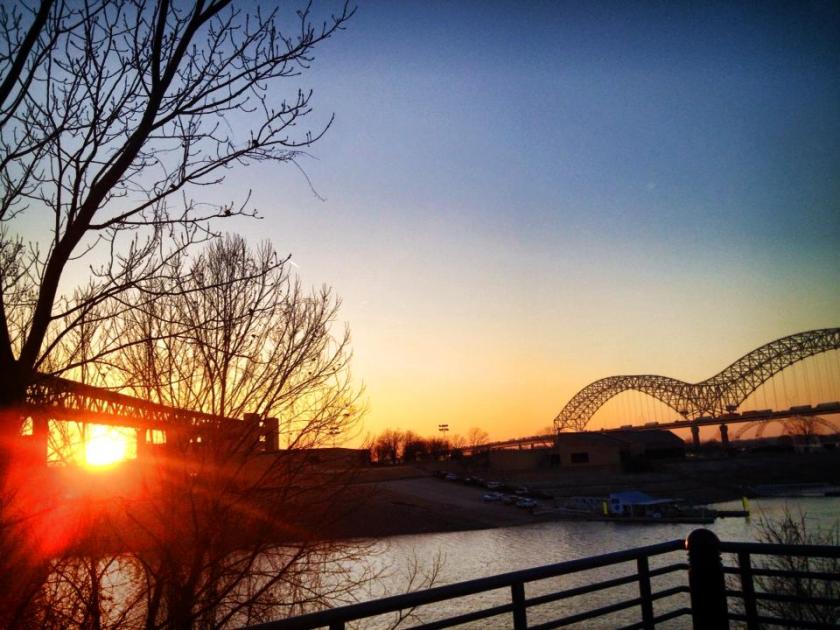‘It’s in my blood.’ This metaphor is as common as it is untrue, as dangerous as it is poetic, as trite as it is accessible. I often rely on the phrase when I tell my friends about my love of barbecue, or my hatred of this prolonged winter weather madness, or the tingle that I feel when when I smell freshly cut hay with a slight twist of earthy manure. “It’s in my blood,” I say.
Truth is, none of it is in my blood. It’s in a very complex set of cultural, psychosocial, & hegemonic attributes that are historically, geographical, and socioeconomically linked to me and my family history. But it’s easier to say it’s in my blood.
Blood – it’s something that seems so basic, so human, so tangible and colorful and deeply universal, that it makes sense to declare it the source of traits, preferences, and desires that we can’t explain. It’s a useful cop-out because nobody can say it’s not true. No one can tell you what’s in your blood and what’s not, with the notable exceptions perhaps of doctors and that obsessive amateur genealogist that exists somewhere in every family.
Of course, that was the excuse I gave myself when I landed in the Memphis airport last Saturday. Memphis is in my blood; it’s the city where I was born and where I spent the majority of my first 15 years on this planet. Every street I drove down, every sign I saw, every building that towered over me, every smell that crept in through the cracked car window, was both familiar and novel at the same time.
A book I read for a theology class by Alphonso Lingis gave a memorable anecdote about vision. I remember it like this:
In the early 20th century, archaeologists rediscovered the prehistoric caves of Lascaux in southwestern France. Upon seeing the huge panoramas of prehistoric cave art, lit by their powerful lights, the archaeologists were confused; they could not figure out the way the images on the panels related to one another, and they could not understand the stories being told. Then they realized that the reason the panels did not make sense to them was because the people who painted them thousands of years ago were painting them by the light of a single torch, so they could not see the entire wall at one time the way the modern archaeologists could. It was a problem of seeing too much that complicated the understanding of the art.
I felt that way in Memphis this past week, like my vantage point was so much wider than it had been when I had created my mental version of Memphis when I was a child. I had a turned on a huge overhead light onto a room I had only seen with a flashlight.
But I’m not sure that the overhead light I turned on was one that helped me see more clearly. If anything, I turned on a bright lightbulb tucked inside a gorgeous, multicolored lamp that cast colors on everything I saw – from the big “M” bridge stretching over the Mississippi, to the Pink Palace Museum that I used to visit on field trips in elementary school, to the small barbecue restaurant where I inhaled pulled pork. Each place was tinted in a color not wholly natural, but not fully within my control either.
Memphis, then, is not in my blood; it’s in my eyes. It’s in the way that my vantage point shapes everything about what I see. It’s in the way I create a palette of colors to paint upon the city of my birth.
—
More details on my trip later…just for now this more speculative glance at this city and my ties to it.

